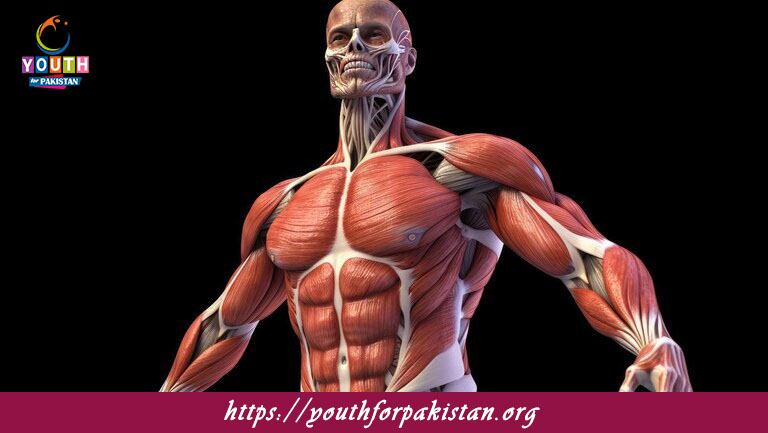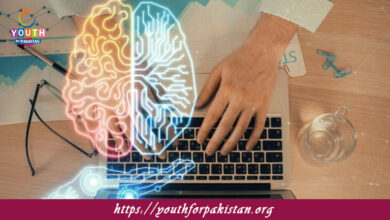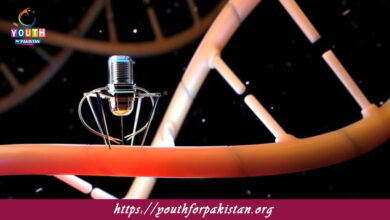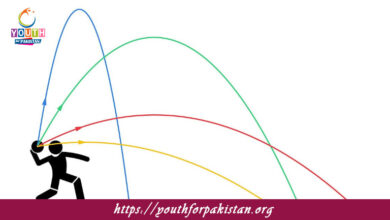Types Of Muscles MDCAT MCQs with Answers

Welcome to the Types Of Muscles MDCAT MCQs with Answers. In this post, we have shared Types Of Muscles Multiple Choice Questions and Answers for PMC MDCAT 2024. Each question in MDCAT Biology offers a chance to enhance your knowledge regarding Types Of Muscles MCQs in this MDCAT Online Test.
Muscles that are under voluntary control are known as: a) Cardiac muscles
b) Smooth muscles
c) Skeletal muscles
d) Involuntary muscles
The type of muscle found in the heart is: a) Smooth muscle
b) Skeletal muscle
c) Cardiac muscle
d) Involuntary muscle
Which type of muscle tissue is non-striated? a) Cardiac muscle
b) Skeletal muscle
c) Smooth muscle
d) All of the above
Skeletal muscles are attached to: a) Blood vessels
b) Bones
c) Nerves
d) Organs
The muscles responsible for peristalsis in the digestive tract are: a) Skeletal muscles
b) Cardiac muscles
c) Smooth muscles
d) Voluntary muscles
Cardiac muscle fibers are: a) Multinucleated
b) Uninucleated
c) Binucleated
d) None of the above
Muscles that work involuntarily are: a) Skeletal muscles
b) Smooth muscles
c) Striated muscles
d) Tendons
Which type of muscle has intercalated discs? a) Smooth muscle
b) Skeletal muscle
c) Cardiac muscle
d) All muscle types
The main function of skeletal muscles is: a) Pumping blood
b) Maintaining posture and movement
c) Digestion
d) Secreting hormones
Smooth muscles are found in: a) Heart
b) Bones
c) Digestive tract
d) Skin
Which of the following muscles are striated and voluntary? a) Skeletal muscles
b) Cardiac muscles
c) Smooth muscles
d) All of the above
The muscle type that is responsible for controlling blood vessel diameter is: a) Cardiac muscle
b) Smooth muscle
c) Skeletal muscle
d) Voluntary muscle
Cardiac muscle cells are connected by: a) Sarcomeres
b) Tendons
c) Intercalated discs
d) Ligaments
Which type of muscle is multinucleated? a) Smooth muscle
b) Cardiac muscle
c) Skeletal muscle
d) All of the above
Skeletal muscle fibers are arranged in: a) Random fashion
b) Parallel bundles
c) Circular formation
d) None of the above
Which muscle type is involved in involuntary contractions in the respiratory system? a) Smooth muscle
b) Skeletal muscle
c) Cardiac muscle
d) All of the above
The most abundant type of muscle in the body is: a) Smooth muscle
b) Cardiac muscle
c) Skeletal muscle
d) Tendons
Cardiac muscle is responsible for: a) Breathing
b) Digestion
c) Pumping blood
d) Voluntary movements
Muscles that fatigue the fastest are: a) Smooth muscles
b) Cardiac muscles
c) Skeletal muscles
d) None of the above
Which muscle type is primarily responsible for moving bones? a) Smooth muscle
b) Cardiac muscle
c) Skeletal muscle
d) All of the above
The presence of striations in muscles indicates: a) Smooth muscle
b) Involuntary contraction
c) Voluntary contraction
d) Both cardiac and skeletal muscle
Muscle that contracts rhythmically and continuously without tiring is: a) Skeletal muscle
b) Smooth muscle
c) Cardiac muscle
d) None of the above
The structure responsible for the attachment of muscle to bone is: a) Ligament
b) Tendon
c) Cartilage
d) Fascia
Which of the following muscles are not under voluntary control? a) Skeletal muscles
b) Smooth muscles
c) Cardiac muscles
d) Both b and c
Which of the following is a function of smooth muscle? a) Flexing the arm
b) Moving food through the digestive system
c) Pumping blood through the heart
d) Moving the skeleton
The myofibrils in skeletal muscle contain: a) Actin and myosin
b) Collagen and elastin
c) Hemoglobin and fibrinogen
d) Keratin and myosin
Which type of muscle is composed of branched fibers? a) Skeletal muscle
b) Smooth muscle
c) Cardiac muscle
d) None of the above
Which of the following muscle types is characterized by being striated and having a single nucleus per cell? a) Skeletal muscle
b) Cardiac muscle
c) Smooth muscle
d) All of the above
The contraction of which muscle type helps control blood pressure? a) Smooth muscle
b) Skeletal muscle
c) Cardiac muscle
d) None of the above
Skeletal muscle contraction is initiated by: a) Hormones
b) Nerve impulses
c) Blood flow
d) Chemical reactions
Which muscle type is capable of the fastest contraction? a) Cardiac muscle
b) Skeletal muscle
c) Smooth muscle
d) None of the above
Muscles that line the walls of hollow organs are: a) Skeletal muscles
b) Smooth muscles
c) Cardiac muscles
d) Involuntary skeletal muscles
Cardiac muscle is controlled by: a) The brain
b) Hormones
c) The autonomic nervous system
d) The spinal cord
The property of muscles to return to their original shape after contraction is called: a) Elasticity
b) Excitability
c) Contractility
d) Conductivity
The primary muscle responsible for voluntary movements of the body is: a) Smooth muscle
b) Cardiac muscle
c) Skeletal muscle
d) Both a and b
The muscle cells in skeletal muscles are called: a) Sarcolemma
b) Sarcomeres
c) Muscle fibers
d) Tendons
Skeletal muscles are connected to bones by: a) Cartilage
b) Ligaments
c) Tendons
d) Discs
Which of the following muscle types exhibits involuntary contraction and has no striations? a) Smooth muscle
b) Cardiac muscle
c) Skeletal muscle
d) None of the above
Smooth muscles are found in: a) Blood vessels
b) Heart
c) Tendons
d) Skin
If you are interested to enhance your knowledge regarding Physics, Chemistry, Computer, and Biology please click on the link of each category, you will be redirected to dedicated website for each category.





